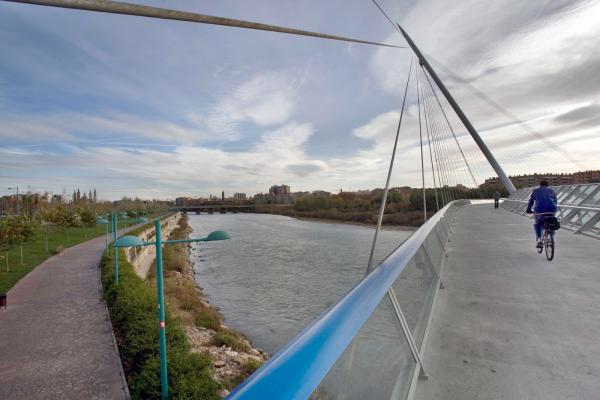Project summary
Cycling Waterways is an innovative project focused on developing policies to enhance the integration of waterways for promoting sustainable mobility. The project aims to establish and improve cycling paths along embankment roads adjacent to rivers, artificial wetlands, streams, lakes, and canals, enhancing existing infrastructure and constructing new routes.
Key Objectives:
- Reduce Car Dependence: By expanding cycling infrastructure, the project seeks to lower reliance on cars for daily transportation.
- Promote Sustainable Tourism: It aims to bolster cycling-centered tourism, fostering an eco-friendly travel experience.
Benefits of Waterways for Cycling: Waterways are ideal for cycling routes due to their naturally safe and well-designed paths that adhere to EU quality standards. These standards include safety, directness, coherence, attractiveness, and comfort. The project targets several goals through the development of cycling paths along waterways:
- Short-Distance Mobility: Improve mobility within urban and rural areas.
- Long-Distance Routes: Support long-distance cycling.
- Sustainable Tourism: Enhance tourism based on cycling.
- Biodiversity Respect: Design paths with attention to local biodiversity.
- Historical Heritage: Preserve and highlight historical water features.
Challenges to Address: Building cycling infrastructure along waterways involves addressing several challenges:
- Safety Standards: Ensure paths meet high safety standards.
- Property Crossings: Resolve issues related to crossing private properties.
- Funding: Secure adequate funding for both construction and ongoing maintenance.
- Agricultural Compatibility: Ensure cycling paths do not conflict with agricultural activities.
- Water Management: Manage water flow and navigation alongside the new paths.
- Facility Development: Develop amenities to enhance the usability of cycling tracks.
Cycling Waterways brings together six European regions with connections to waterways, such as rivers, canals, coastal areas, and lakes. These regions, each with different levels of development and approaches to promoting cycling, will collaborate to tackle common challenges. The project emphasizes sharing experiences and knowledge to develop effective policy instruments that enhance the cyclability and accessibility of waterways for sustainable mobility.
By working together, these regions aim to create a network of well-designed cycling routes that contribute to a more sustainable and enjoyable travel experience. The project represents a significant step towards transforming waterways into valuable assets for both daily transportation and tourism.

Get the latest news about the project!
Stay informed with the latest developments and insights from our project! Subscribe to our biannual newsletter for exclusive content, updates on events, and much more. Join our community today and make sure you never miss an update!
